History of Ciragan Palace
History of Ciragan Palace
Ciragan Palace, in Istanbul's Besiktas neighborhood, is one of the most interesting late Ottoman palace specimens still standing. It is now a Kempinski 5-star hotel, yet it is still a visual feast and retains its cultural and historical significance. If you ever visit Istanbul, you must see this magnificent palace, which has become a symbol of the city.
Ciragan is derived from the Persian word "cerag," which means "torch." Ceragan was the name given to the region where the palace stood due of the renowned Ottoman celebrations known as iragan Festivals, which were conducted in tulip gardens adorned with torches in the nights. The palace was constructed by Armenian architect Nigogos Balyan and erected during Sultan Abdulmecit's reign. The structure was built on the European banks of the Bosphorus, between the districts of Besiktas and Ortaköy, using financial loans acquired for the reorganization of Istanbul's water system and the construction of a new railway. It took approximately 12 years to complete the project. This was the Ottoman Empire's last residence for the royal family.
In 1910, a fire broke out in the central heating vents, destroying the core structure and leaving just the outer walls standing. However, in the 1990s, it was restored and turned into a luxury hotel with the addition of a new hotel structure, becoming one of the Leading Hotels of the World under the supervision of worldwide hotel chains Kempinski. It is now Turkey's most luxorious hotel. The complex's other remaining structures are now utilized as classrooms. Inside the palace portion, there is a magnificent restaurant with a view of the Bosphorus.
The Ciragan Palace
Sultan Abdulaziz's historical palace was designed by Armenian palace architect Nigoayos Balyan and built by his sons Sarkis and Hagop Balyan between 1863 and 1867, during a period when all Ottoman sultans built their own palaces rather than relying on those of their forefathers; Raan Palace is the last example of this tradition. The inside and roof were constructed of wood, while the outside walls were made of multicolored marble. The palace is connected to the Yldz Palace on the hill behind it by a lovely marble bridge. The palace is protected from the outside world by a tall garden wall. The palace's construction and interior decorating lasted until 1872. Sultan Abdulaziz did not live long in his beautiful palace; he was discovered dead there on 30 May 1876, just a few months after his dethronement. Sultan Murad V, his nephew, moved into the Raan Palace and ruled for just 93 days. Due to claimed mental instability, he was ousted by his brother Abdul Hamid II and remained there under house arrest until his death on August 29, 1904.
Sultan Mehmed V, under the Second Constitutional Monarchy, authorized the Ottoman Parliament to convene in this edifice on November 14, 1909. A catastrophic fire devastated the palace just two months later, on January 19, 1910, leaving only the outside walls standing. For many years, the garden, known as "eref Stad," functioned as a football field for the team Beşiktaş J.K. The destroyed palace was purchased by a Japanese company in 1987, who repaired it and built a contemporary hotel complex in its garden adjacent to it. The renovated palace structure opened in 1992, while the contemporary hotel building debuted in 1990. It now houses luxurious rooms as well as two restaurants for guests of the five-star Kempinski hotel.
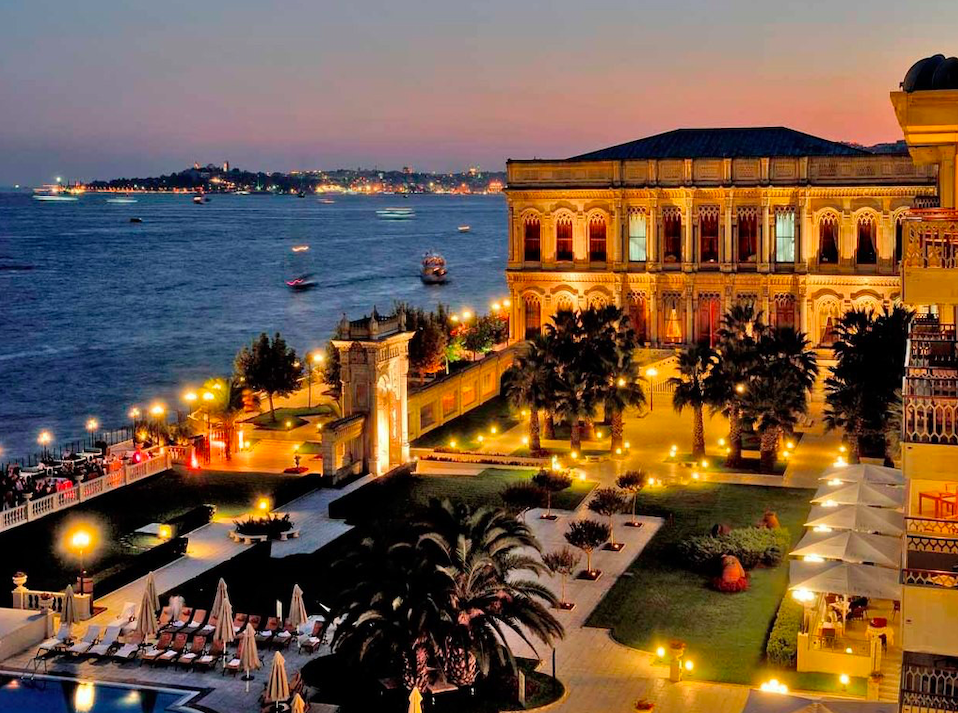




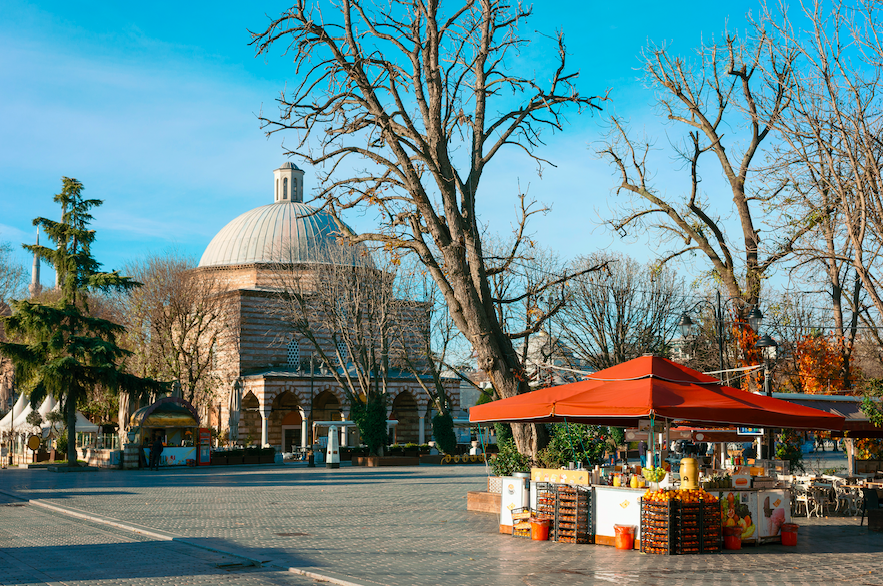
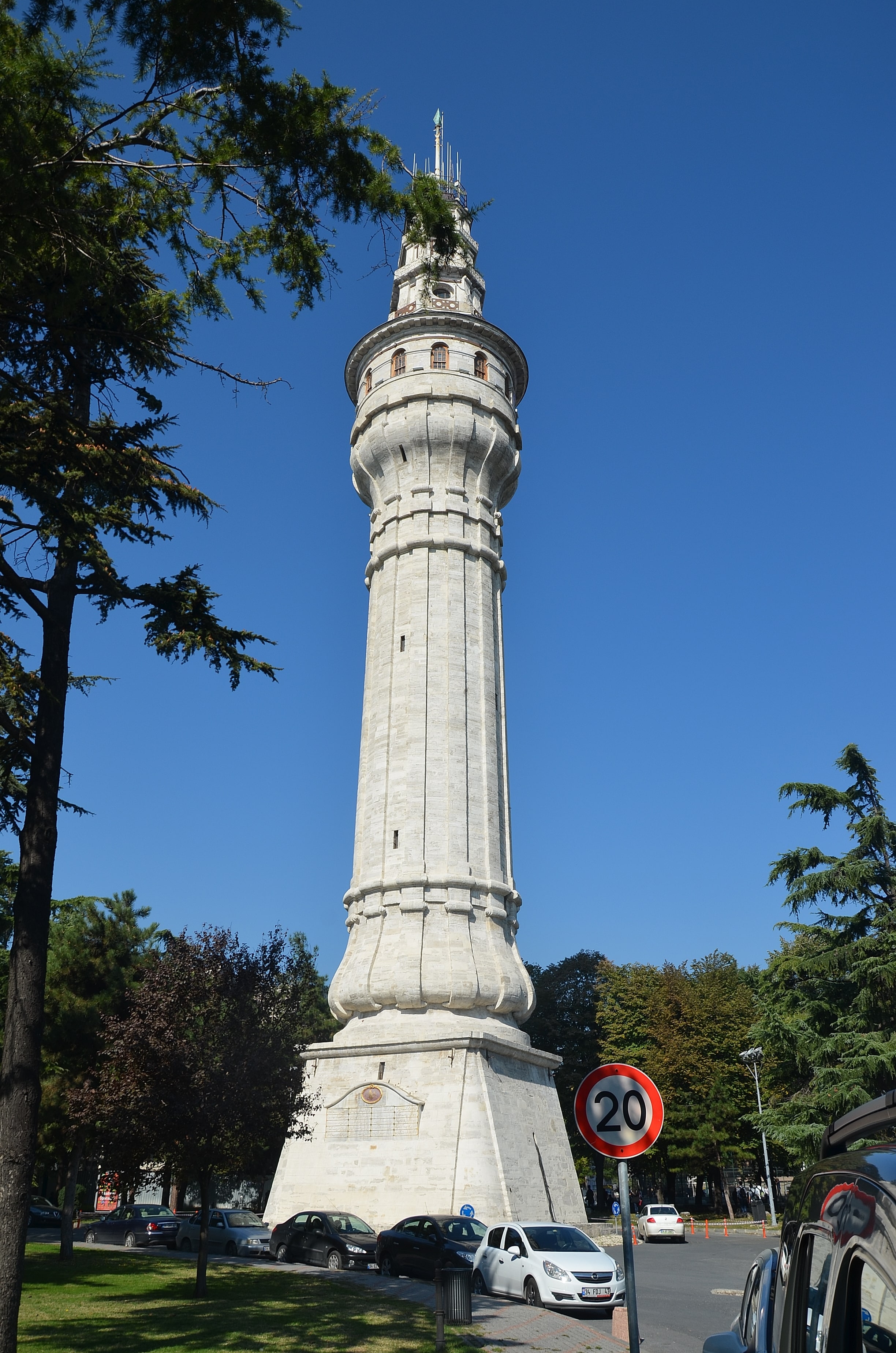
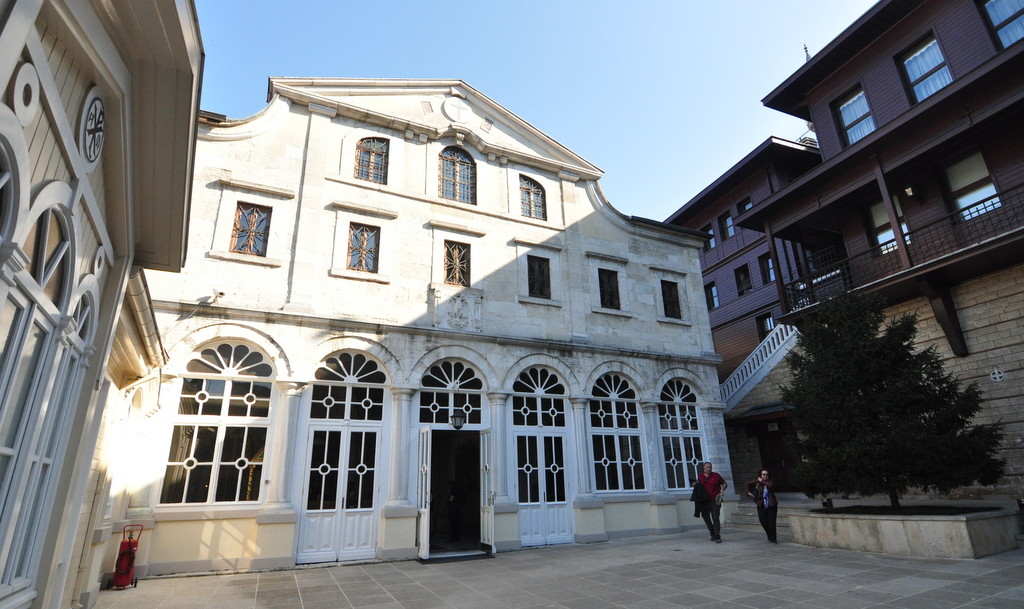


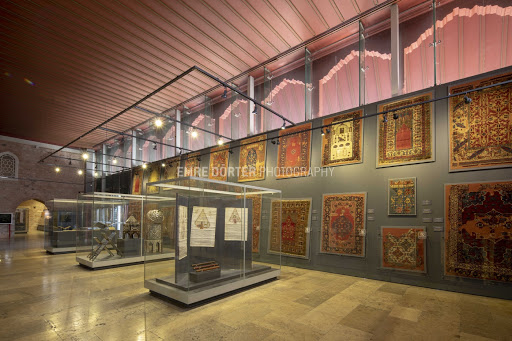
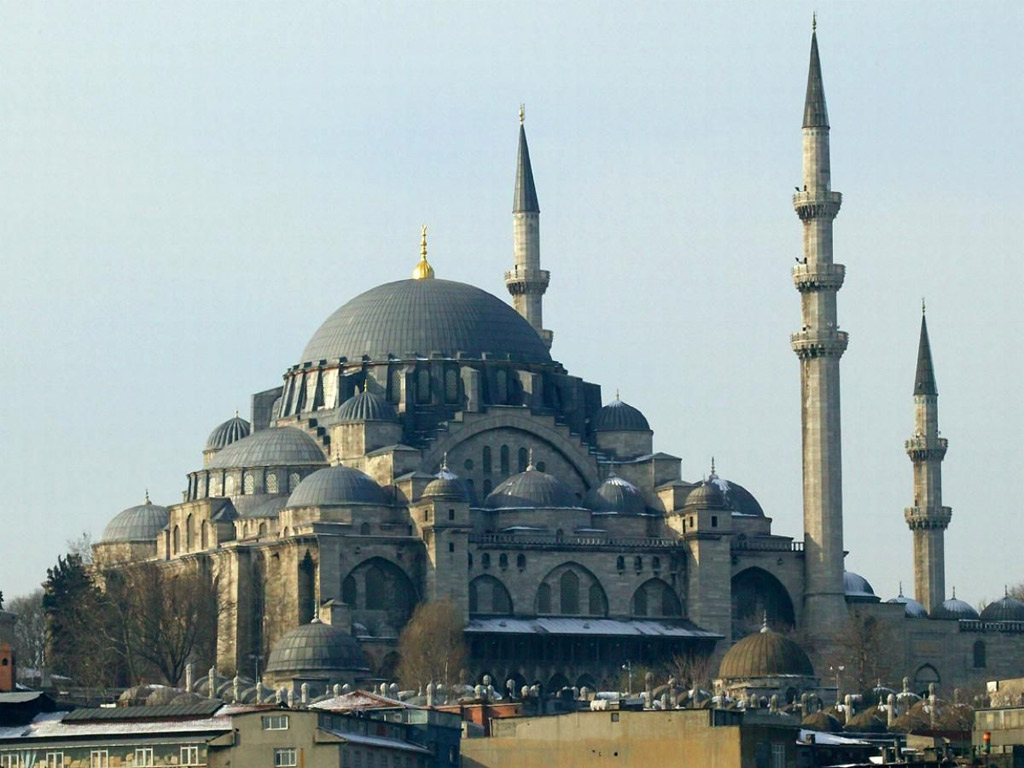
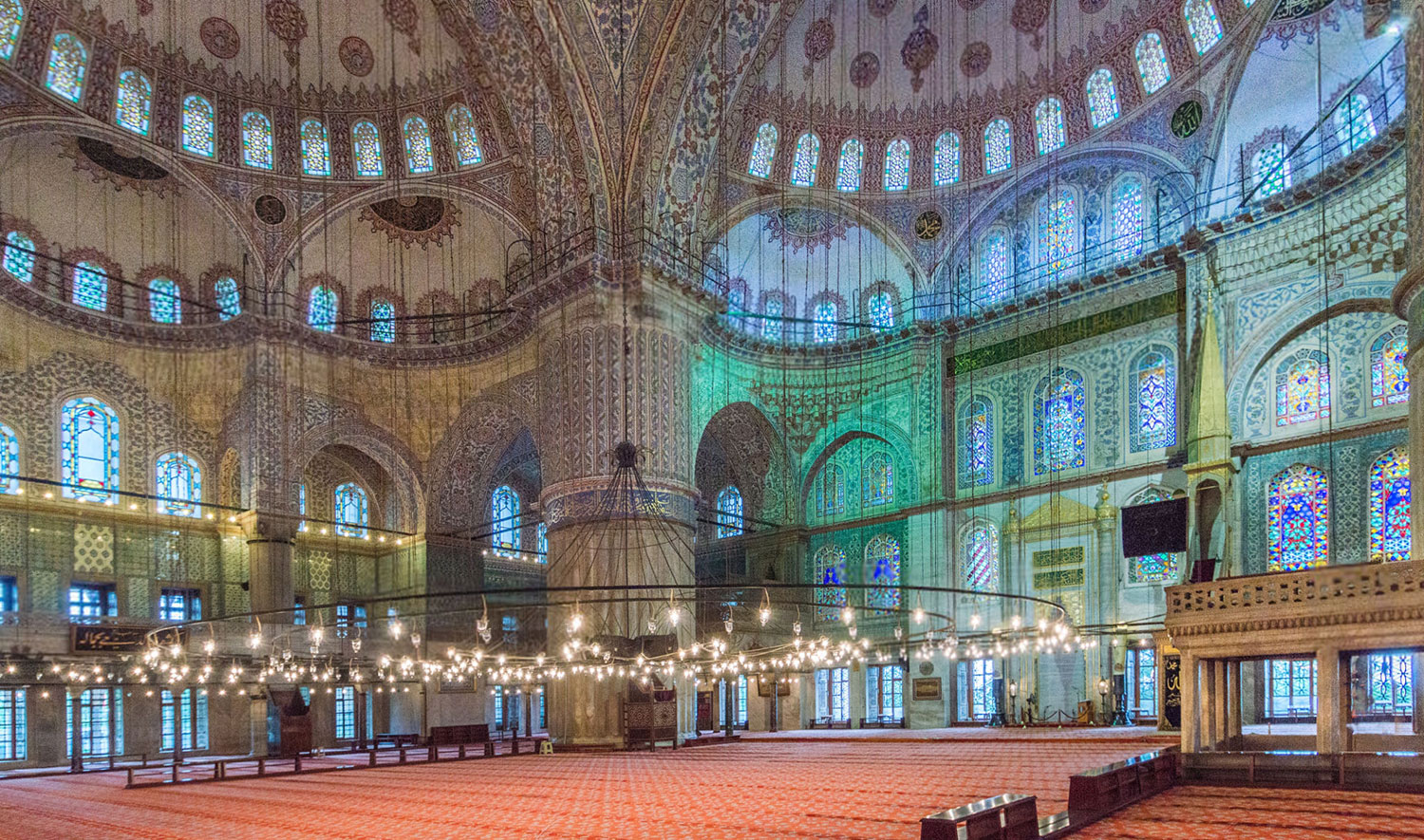

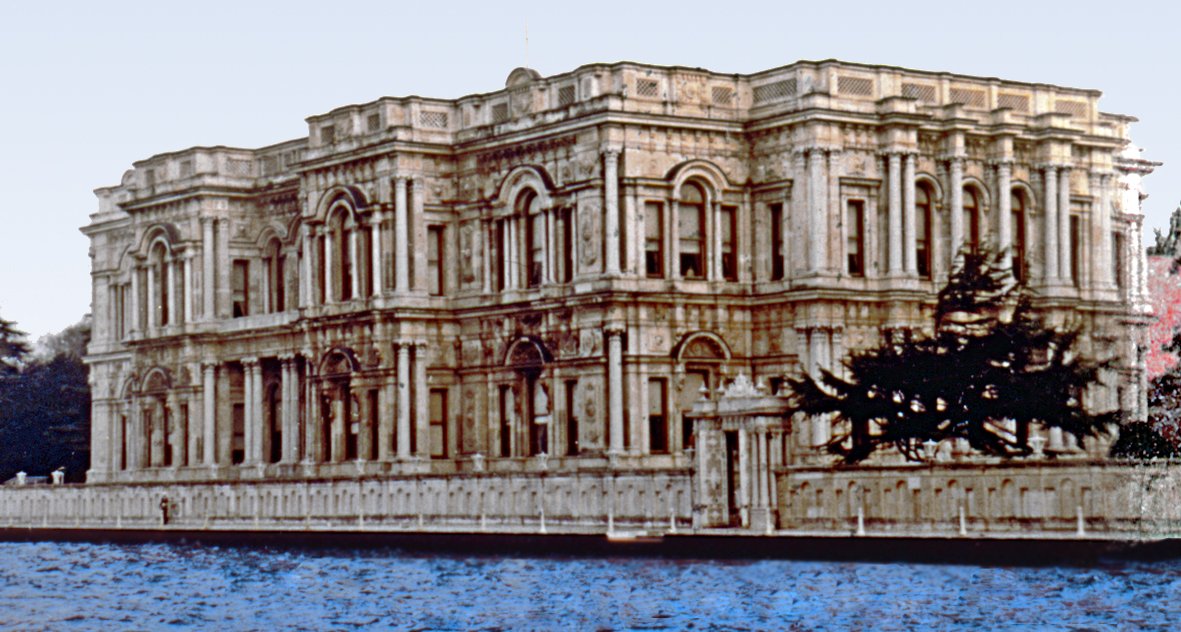
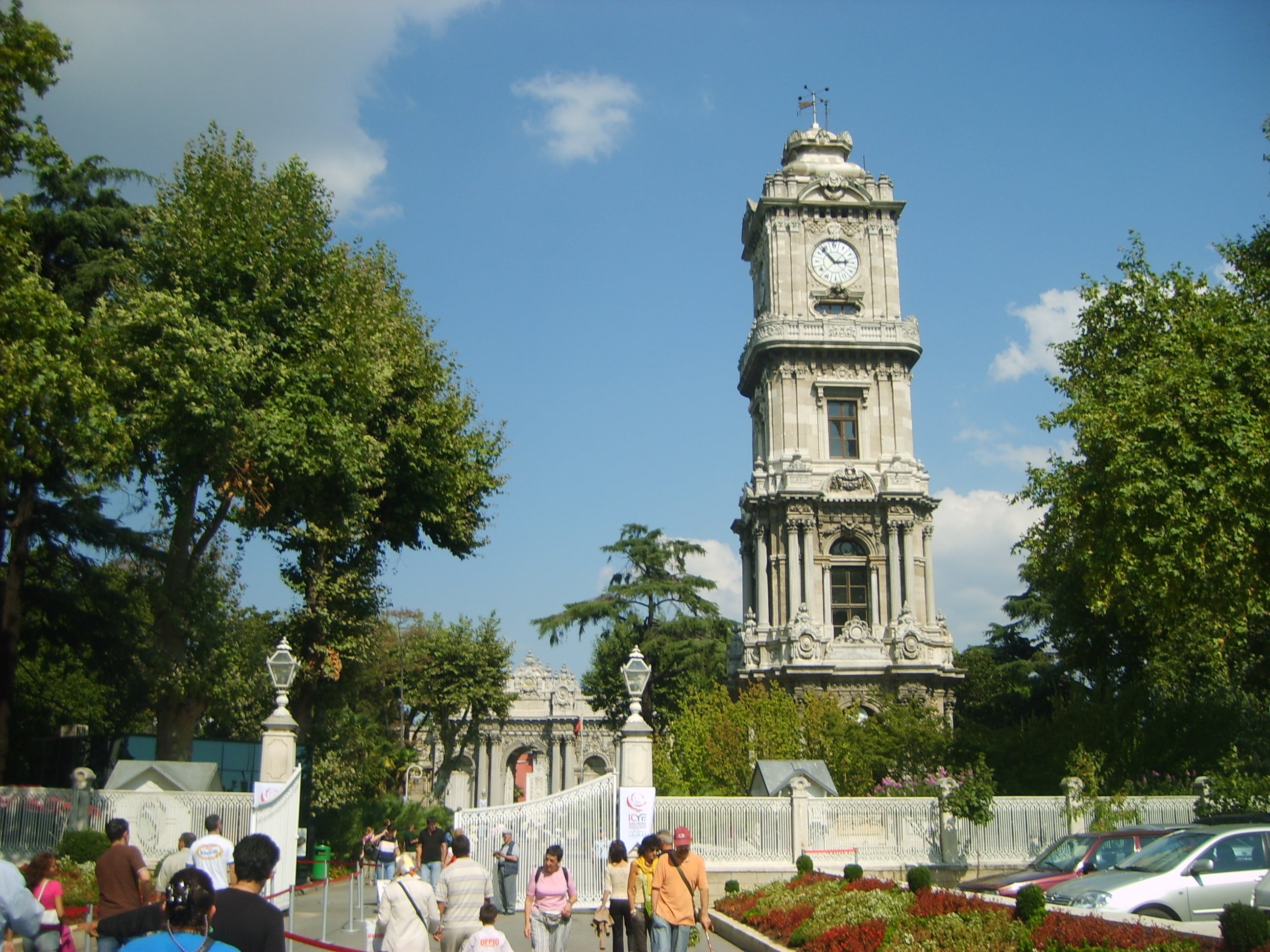
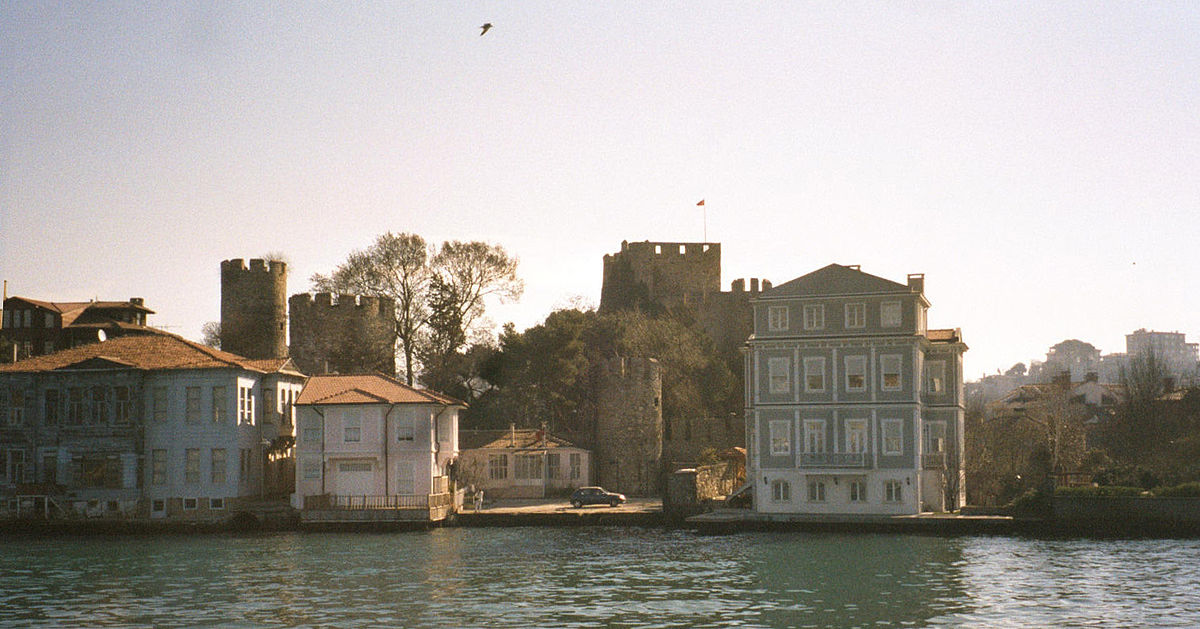

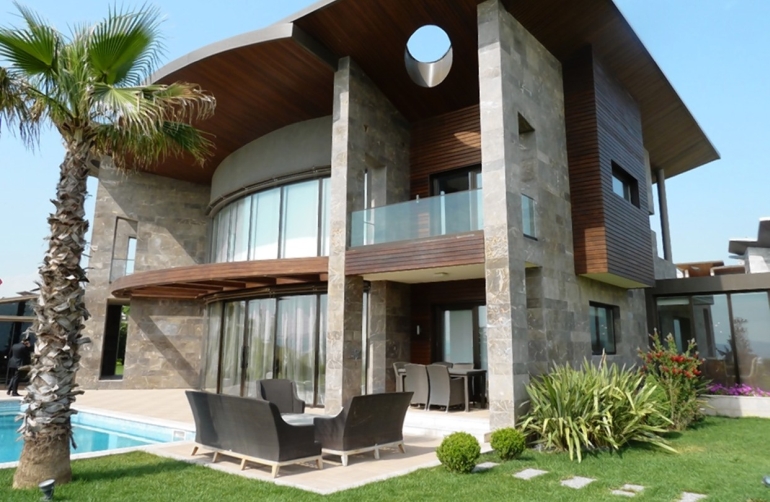
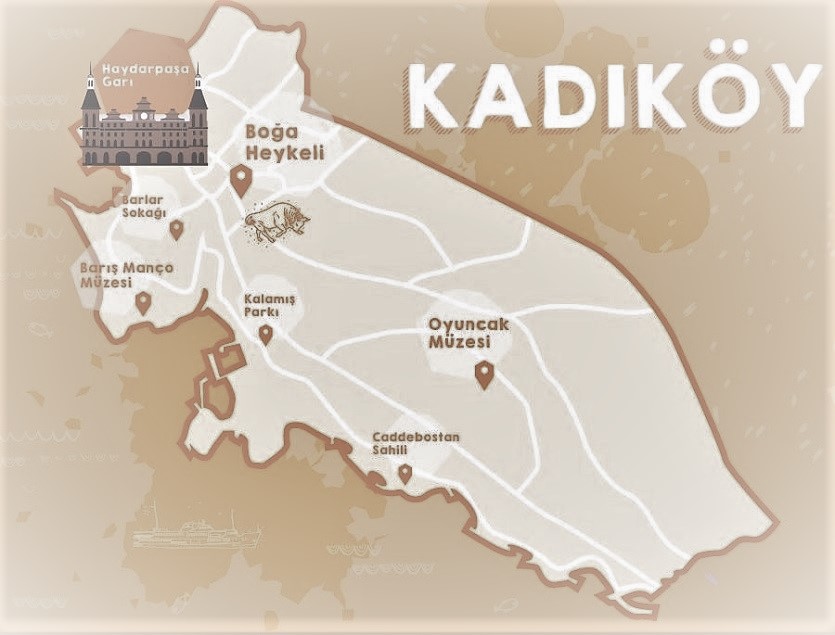


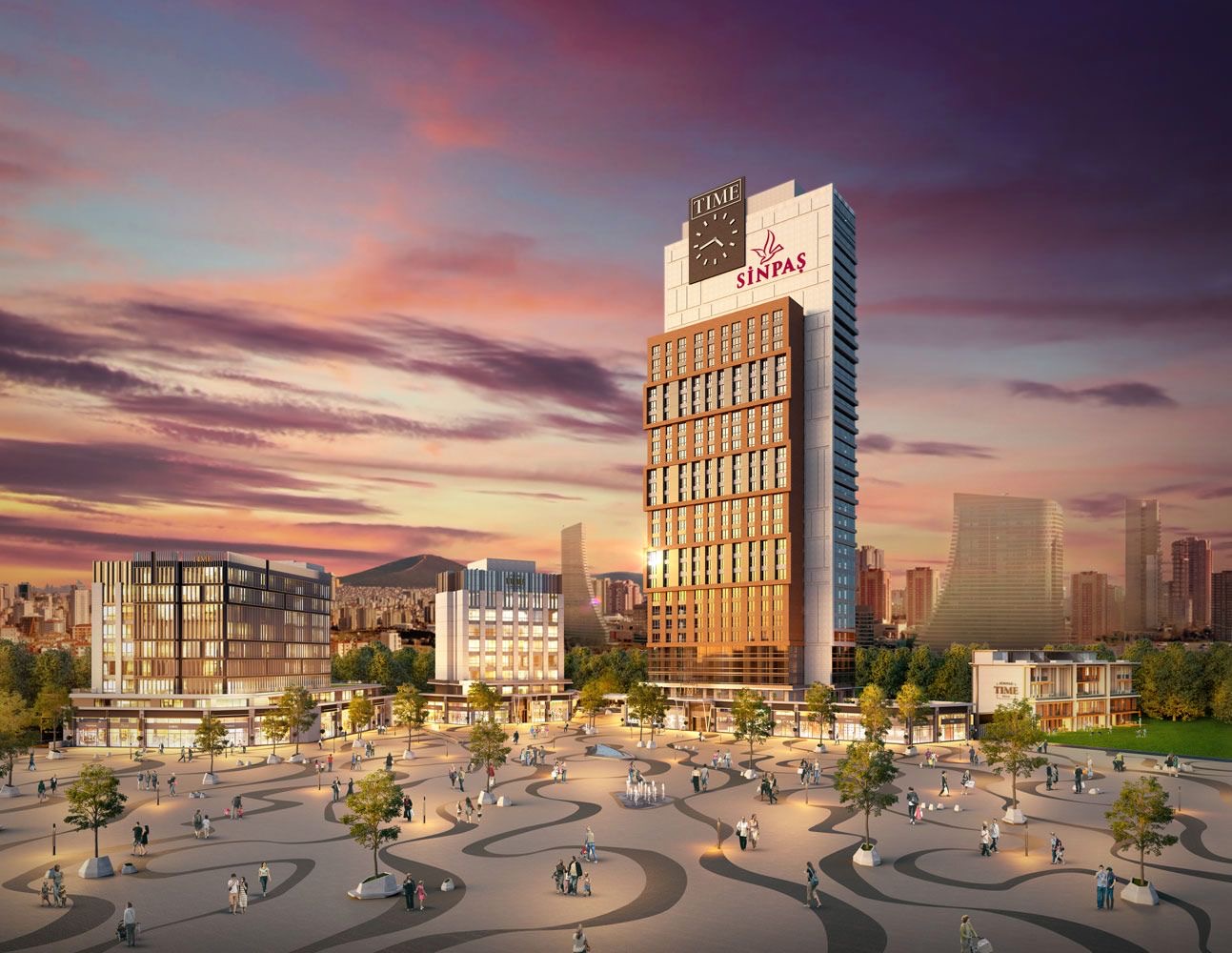

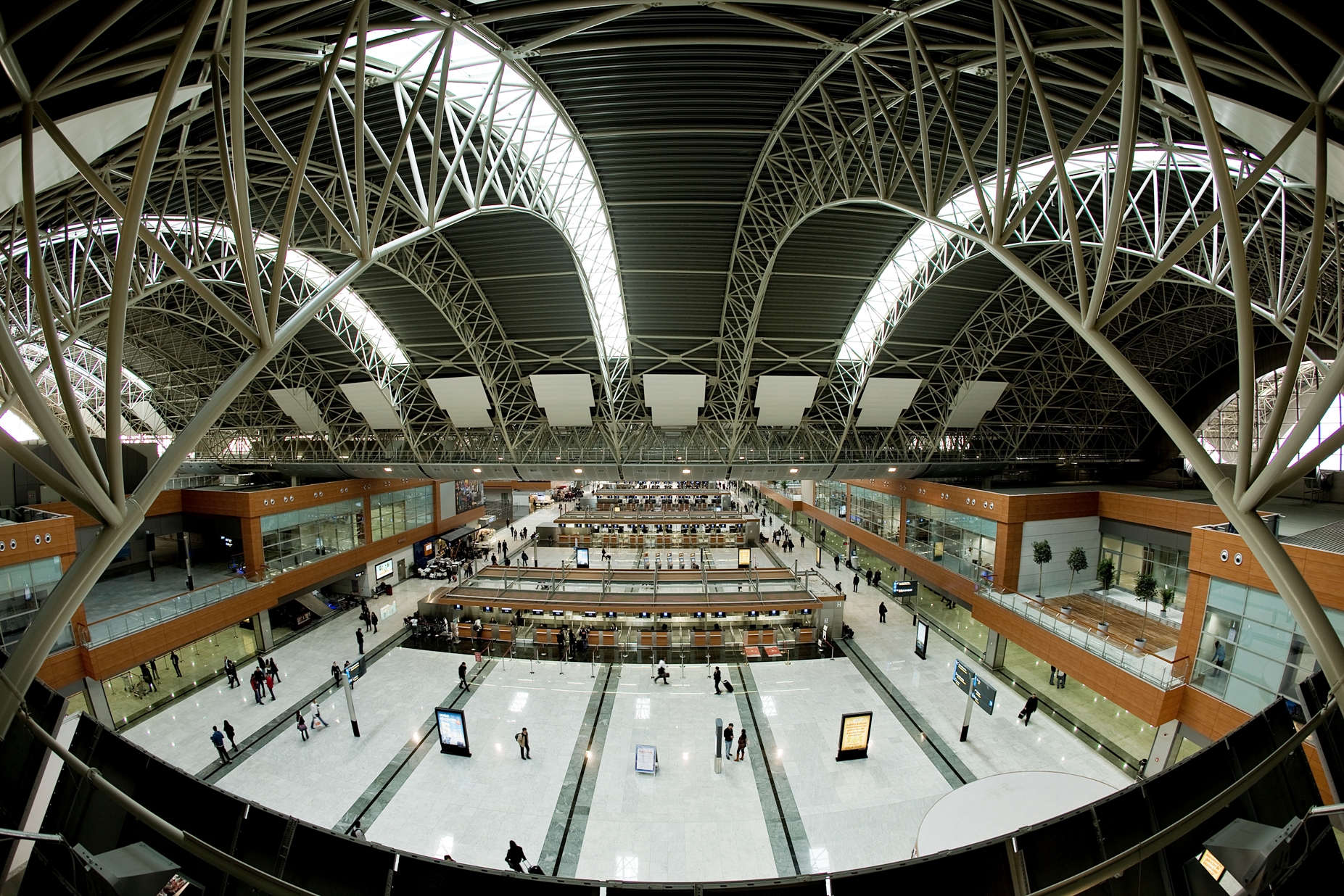

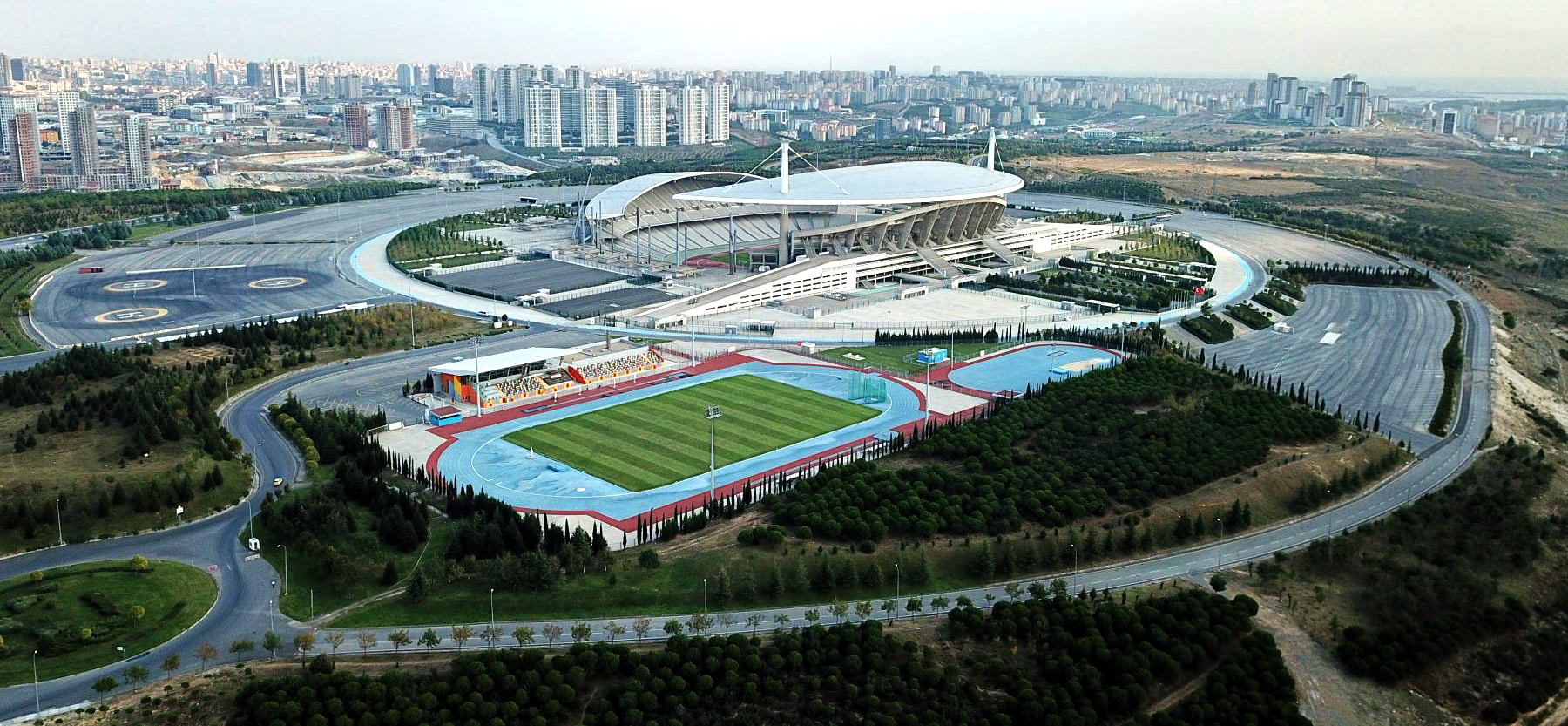
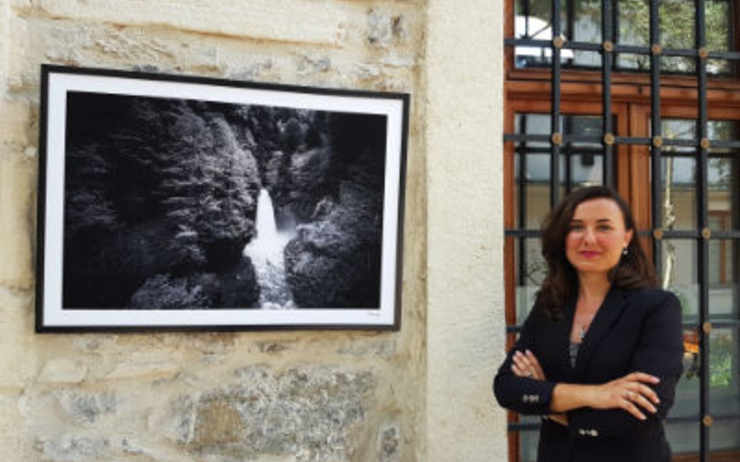
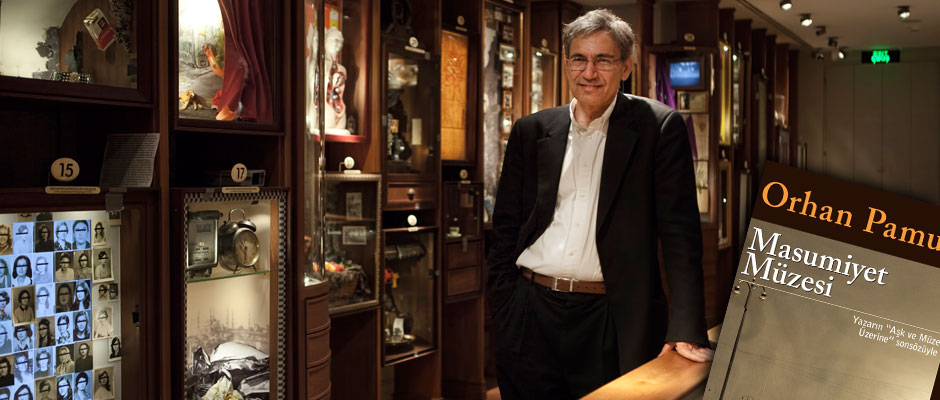


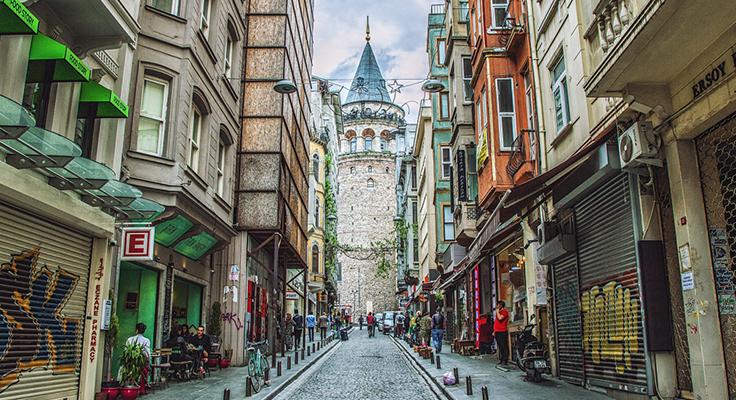
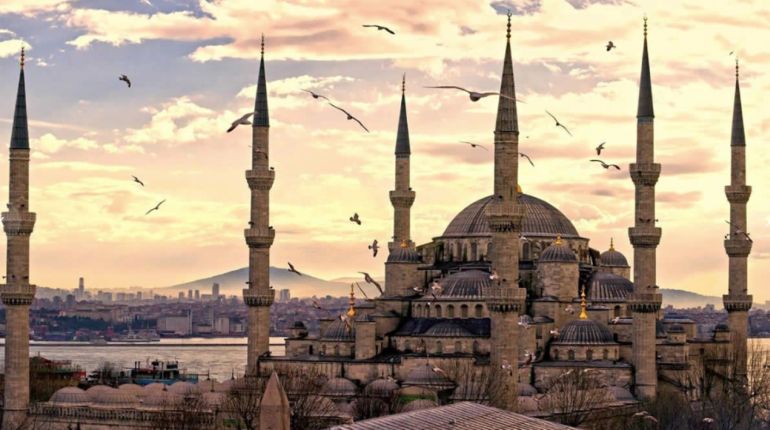
More posts by Etiya Res